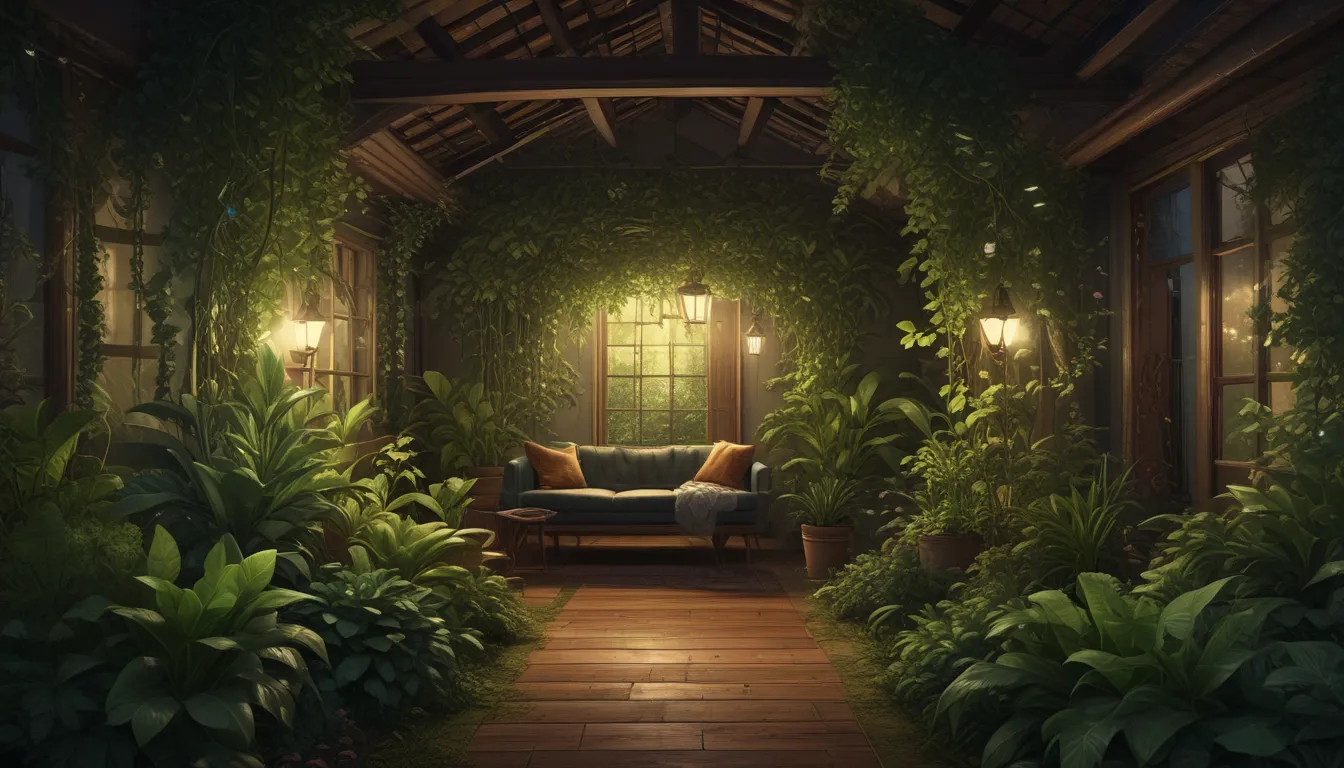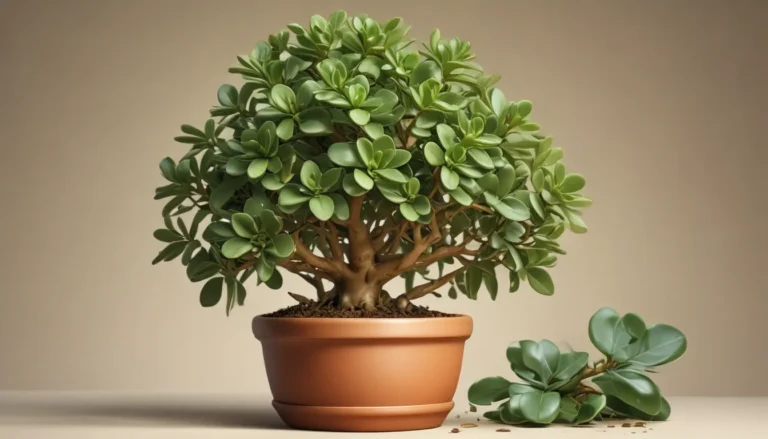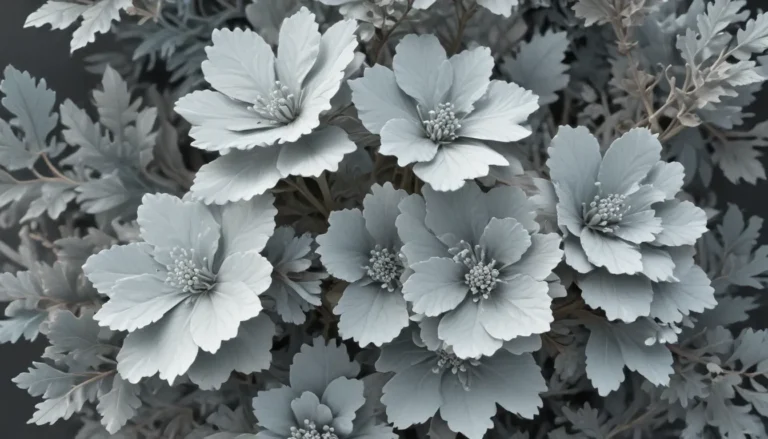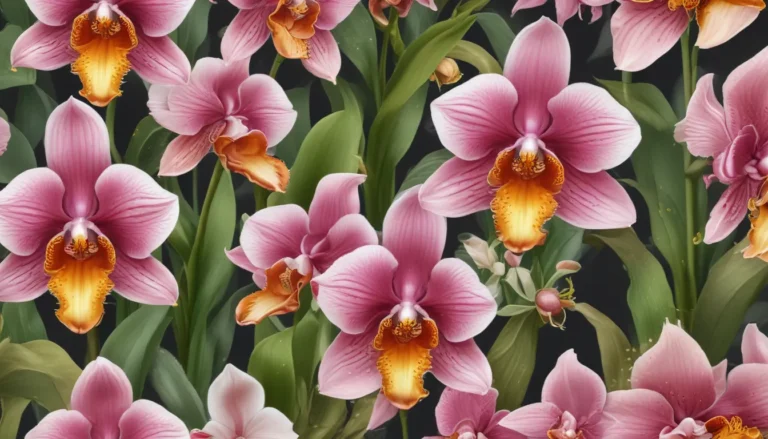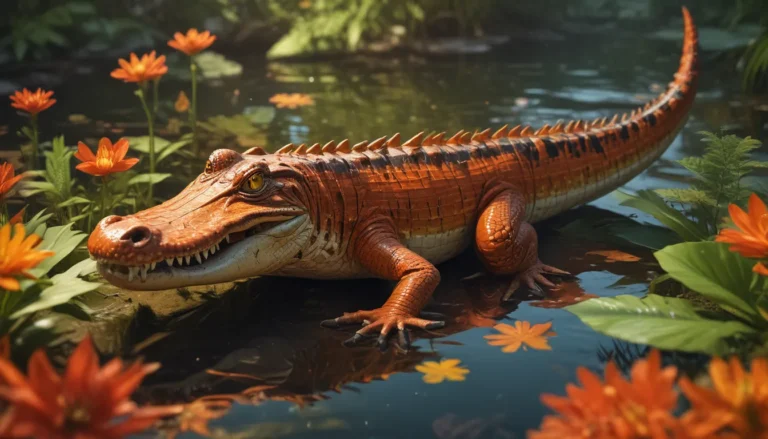The pictures we use in our articles might not show exactly what the words say. We choose these pictures to make you interested in reading more. The pictures work together with the words but don’t take their place. The words still tell you the important facts.
Are you looking to add some greenery to the darker corners of your home? Low light plants might just be the perfect solution. These resilient beauties thrive in minimal light conditions, making them ideal for sprucing up spaces that don't receive direct sunlight. From the lush leaves of the Peace Lily to the hardy nature of the Snake Plant, these botanical wonders bring a touch of nature to even the dimmest corners. In this article, we'll explore the fascinating world of low light plants, from their unique characteristics to the benefits they bring to your home. Get ready to transform your space into a lush retreat with these shade-loving beauties.
Unveiling the World of Low Light Plants
Low light plants are those green wonders that thrive in minimal light conditions, often found in shaded areas or indoors where sunlight is limited. Their ability to prosper in low light is rooted in their native habitats, often dense forests where sunlight is scarce. This adaptation allows them to photosynthesize efficiently under minimal light conditions, making them perfect for indoor environments. Popular low light plants include Snake plants, Philodendrons, Peace Lilies, ZZ plants, and Pothos. These plants not only add a touch of green to your space but also offer several benefits for both you and the environment around you.
The Benefits of Growing Low Light Plants
Growing low light plants in your home can have numerous benefits, from enhancing air quality to boosting your mood and productivity.
- Low Maintenance: Low light plants often require less maintenance, making them ideal for busy individuals or those without a green thumb.
- Air Purification: These plants can improve air quality by filtering out toxins and producing oxygen, even in low-light conditions.
- Mood Boost: Having plants indoors can also boost mood and productivity, creating a calming and pleasant environment.
Creating an Ideal Environment for Low Light Plants
While low light plants are resilient, they still require some care to thrive in your home environment.
- Watering: Avoid overwatering, as low light plants generally need less water due to their slower growth and lower energy usage.
- Soil: Use well-draining soil to prevent root rot, and consider adding perlite or sand to improve drainage.
- Humidity: Many low light plants benefit from higher humidity levels, so misting their leaves or using a humidifier can be beneficial.
Popular Low Light Plants for Indoor Spaces
Several low light plants are particularly well-suited for indoor environments, each with its unique characteristics and benefits.
- Peace Lily: Beautiful with white blooms and excellent for purifying indoor air.
- ZZ Plant: Striking appearance with glossy, dark green leaves and drought-tolerant nature.
- Pothos: Cascading vines add a lovely touch to shelves or desks and are easy to care for.
Nurturing Your Low Light Plants
Proper care is essential to ensure your low light plants remain healthy and vibrant in your home environment.
- Light: While these plants can survive in minimal light, they still need some indirect sunlight.
- Fertilizing: Use a balanced, water-soluble fertilizer sparingly to avoid harming the plants.
- Pruning: Regular pruning helps keep plants looking their best and encourages new growth.
Avoiding Common Mistakes
While caring for low light plants is generally straightforward, there are a few common pitfalls to avoid.
- Overwatering: Check the soil moisture before watering to prevent this common issue.
- Lack of Light: While tolerant of low light, no plant can survive without any light at all.
- Leaf Maintenance: Clean the leaves regularly to prevent dust buildup and blockage of light.
Creative Displays for Low Light Plants
Incorporating low light plants into your decor can add life and color to less sunny spots in your home.
- Hanging Planters: Save space and place plants in areas that receive ambient light.
Embracing the Beauty of Low Light Plants
Low light plants offer more than just a touch of greenery to dim corners. They thrive in spaces where sunlight is limited, purifying our air, boosting our mood, and transforming our living spaces into vibrant ecosystems. By embracing these understated heroes, we welcome a slice of the natural world into our homes. Let's give them the spotlight they deserve, as they teach us valuable lessons about growth and adaptation.
Conclusion
In conclusion, low light plants are a fantastic addition to any indoor space, offering beauty, resilience, and numerous benefits. Whether you're a seasoned plant enthusiast or a novice gardener, incorporating these shade-loving wonders into your home can brighten up even the darkest corners. With proper care and attention, you can enjoy the lush greenery and air-purifying qualities that low light plants bring to your living space. So, why not add a touch of nature to your home with these green companions?
